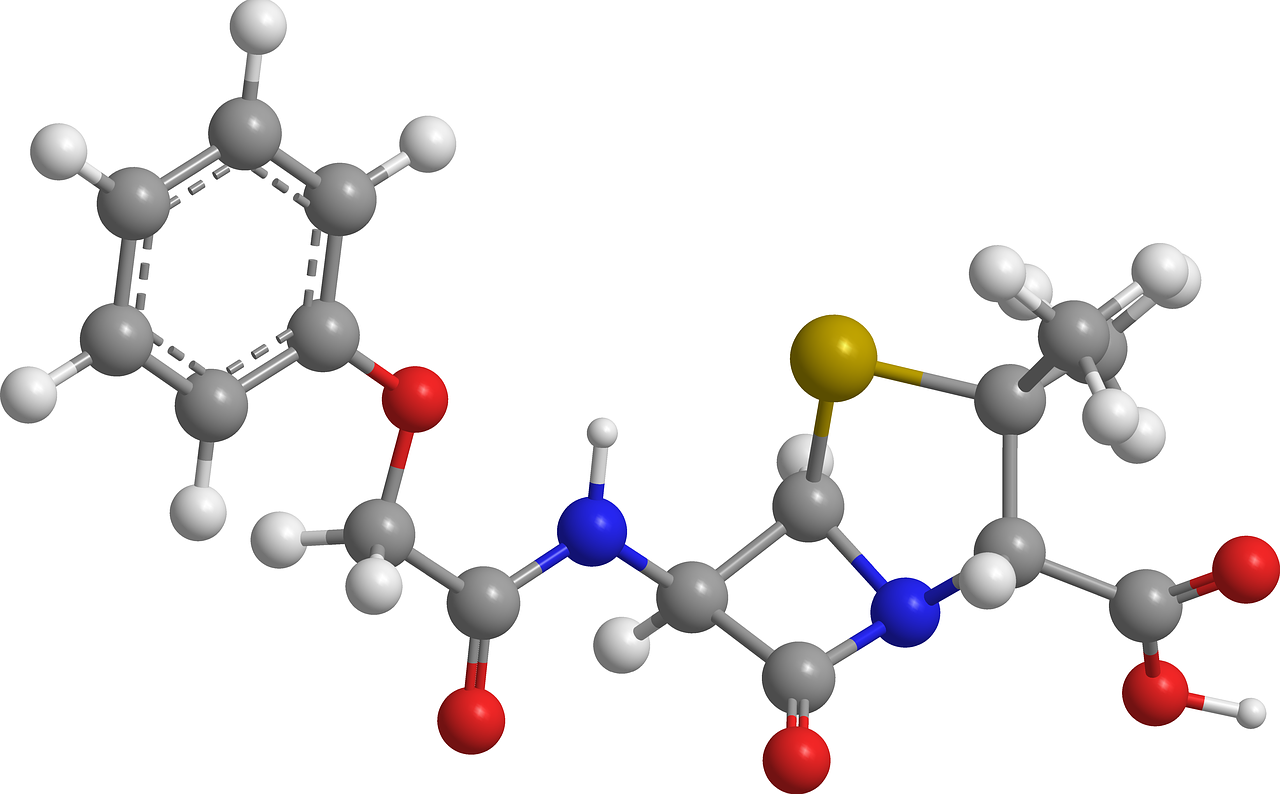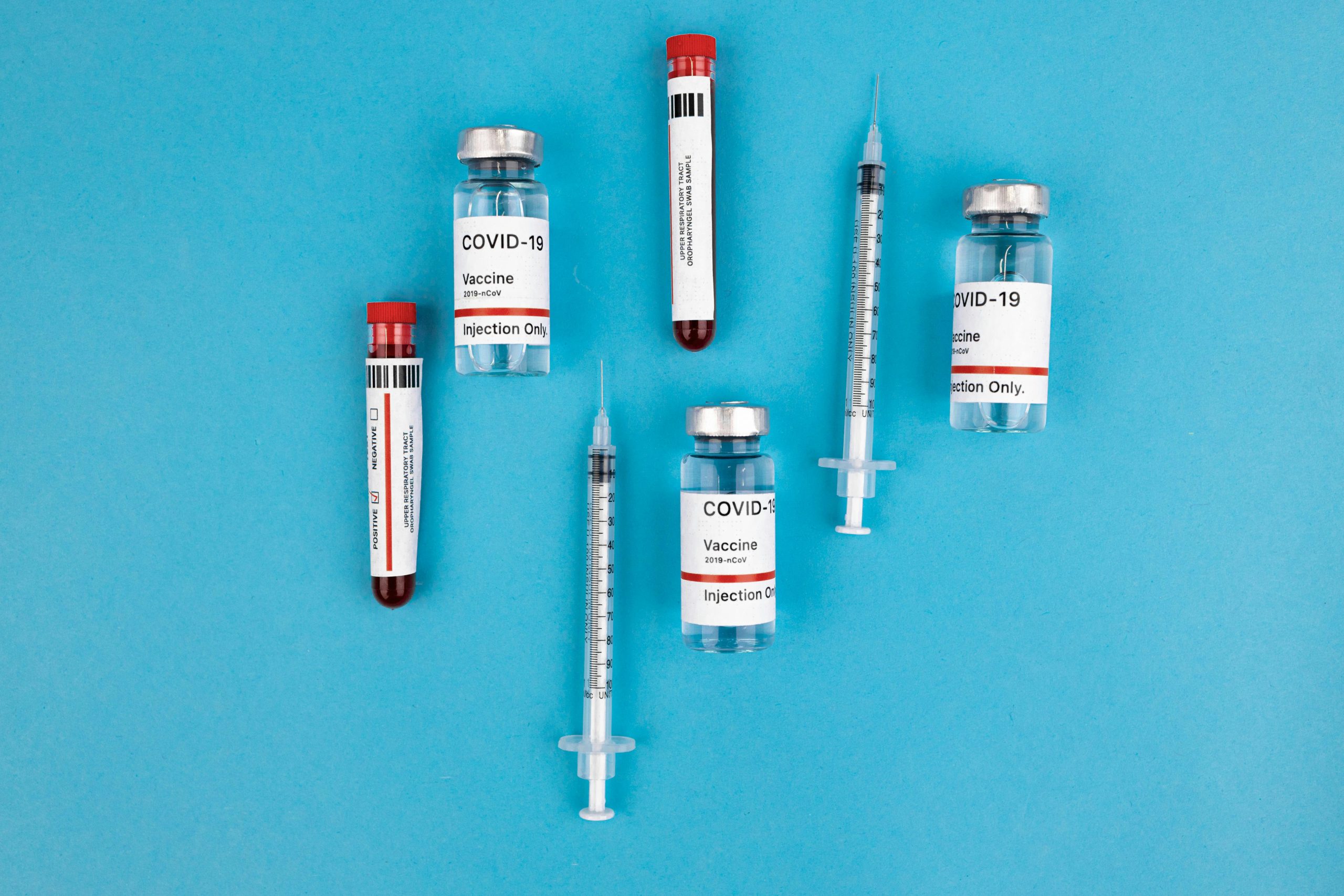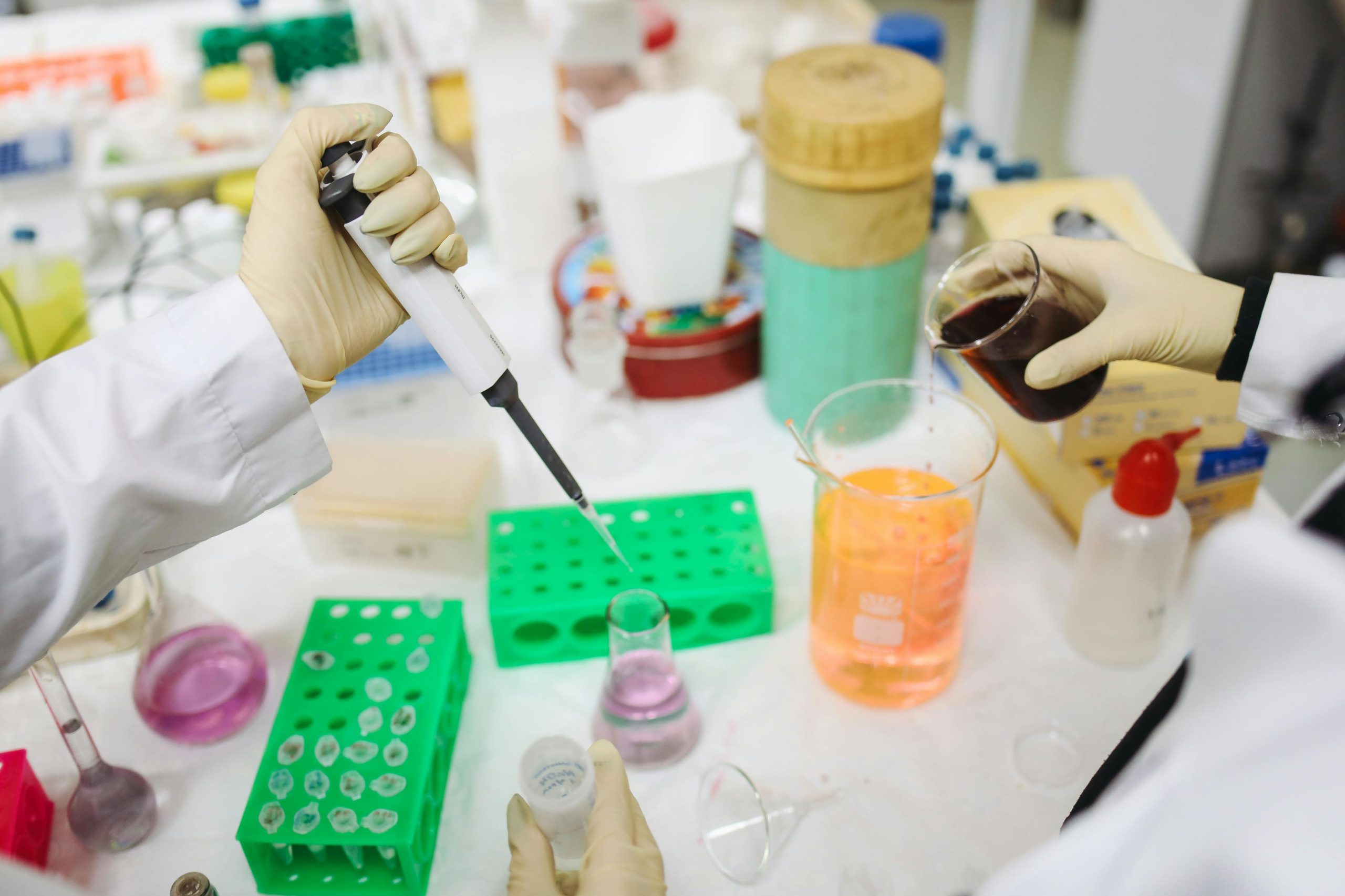
Amoxicillin, a widely used antibiotic from the penicillin group, remains essential in treating bacterial infections. It is particularly effective against respiratory tract infections, ear infections, urinary tract infections, and skin infections. In 2024, the global procurement market for amoxicillin has undergone significant transformation due to shifting economic conditions and industry advancements. As a result, new opportunities for innovation, improved accessibility, and enhanced supply chain efficiencies have emerged, strengthening the availability of this critical medication worldwide.
Market Size and Growth
The global amoxicillin market continues to expand, highlighting its critical role in the pharmaceutical industry. In 2023, the market was valued at $4.58 billion and increased to $4.74 billion in 2024, growing at a 3.4% CAGR. Looking ahead, forecasts predict further expansion, with the market expected to reach $4.91 billion by 2025, accelerating at a 3.7% CAGR. Consequently, pharmaceutical manufacturers have an excellent opportunity to innovate and solidify their market presence as demand rises for high-quality antibiotics.
Key Procurement Trends
- Government Investments on the Rise: Many countries are increasing budgets for antibiotic procurement to ensure stable supplies and meet healthcare needs.
- Expansion of Centralized Procurement: The European Union and other regions are leveraging centralized procurement strategies to optimize costs and streamline distribution.
- Sustainability Focus: The pharmaceutical industry is shifting toward environmentally friendly production and distribution methods, reducing its environmental impact.
- Universal Healthcare Growth: Emerging markets are scaling up antibiotic procurement to support healthcare programs and improve accessibility.
Top Country Buyers
- United States: Increased government funding supports the growing demand for amoxicillin in healthcare programs.
- China: Large-scale bulk purchasing enhances national public health initiatives.
- India: Strong demand from government hospitals and community-based healthcare initiatives.
- European Union Nations: Countries such as Germany, France, and the UK prioritize antibiotic procurement to maintain a resilient healthcare system.
Top Regions for Procurement
- North America: The U.S. dominates nearly 40% of global amoxicillin API demand, driven by a $600 billion pharmaceutical market, stringent FDA regulations, and a well-established distribution network.
- Europe: The EU’s €300 billion pharmaceutical market benefits from centralized procurement, strict EMA regulations, and consistent antibiotic demand in Germany, France, and the UK.
- Asia-Pacific: As both a leading producer and consumer, China and India dominate procurement. Additionally, universal healthcare expansion and a $3 trillion healthcare market fuel demand, with India exporting 20% of global generics.
- Latin America & Africa: Pharmaceutical procurement is growing rapidly, supported by PAHO and Global Fund initiatives. Brazil, Mexico, and South Africa lead consumption, while Africa’s pharmaceutical market expands at a 10% CAGR.
Top Procuring Authorities
- World Health Organization (WHO): Collaborates with governments to prevent antibiotic shortages and improve access. The number of antibacterial agents in development increased from 80 (2021) to 97 (2023).
- U.S. Department of Health & Human Services (HHS): Oversees the U.S. antibiotic supply chain, managing a 2024 budget of $144.3 billion (discretionary) and $1.7 trillion (mandatory) for healthcare.
- European Medicines Agency (EMA): Regulates medicine availability across the EU. In 2024, it strengthened oversight to combat antimicrobial resistance and ensure antibiotic access.
- Ministries of Health Worldwide: These organizations oversee antibiotic procurement in coordination with WHO to ensure essential medicines like amoxicillin reach patients in need.
Conclusion
The amoxicillin procurement market continues evolving, influenced by government policies, healthcare expansion, and the growing demand for antibiotics worldwide. As investments increase, procurement strategies become more efficient, and regulations improve, 2024 presents significant opportunities for pharmaceutical stakeholders to enhance supply chains and broaden accessibility.
#Amoxicillin #PharmaceuticalProcurement #Antibiotics #GlobalTenders #HealthcareTrends #MedicineSupply #PharmaMarket #AntimicrobialResistance #DrugProcurement #HealthcareInvestment #PharmaceuticalIndustry #GlobalHealth








